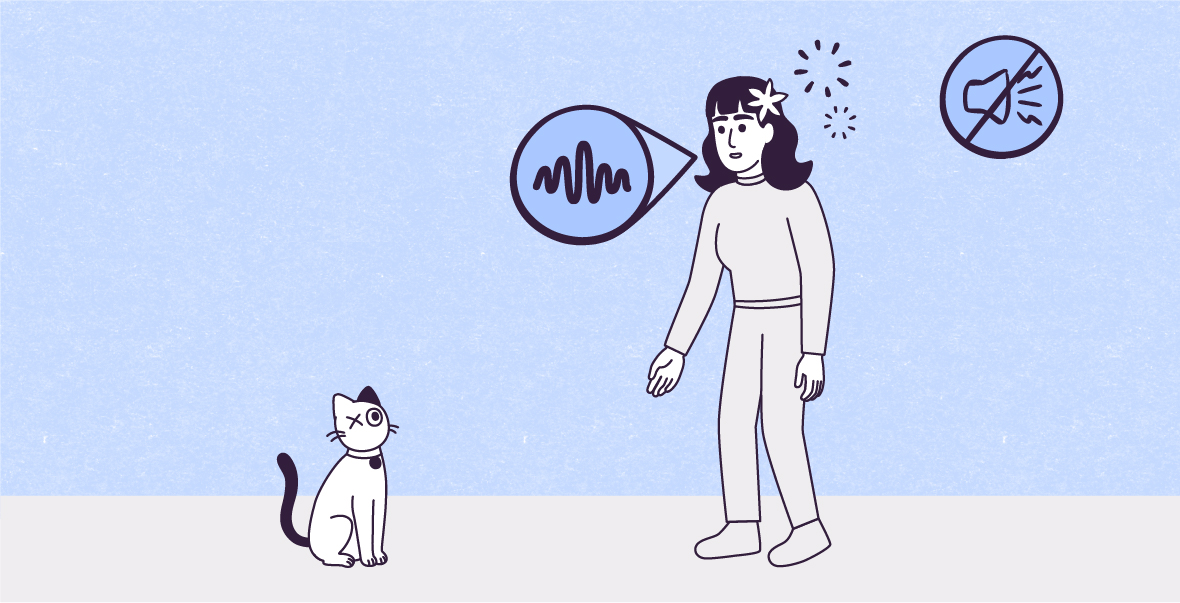Pets are part of our families, but we speak different languages. When approaching your pet or an unfamiliar one, be aware of what they are trying to tell you so that you can be safe and your pet feels comfortable with you.
1. Observe your pet's behavior and body language before approaching
After a while, you will start noticing your pet has behavioral patterns and routines, and you will start to understand their particular language. Some of their postures are calming signals, and you can reciprocate them to your pet when approaching.
2. Approach when safe, slowly, and moving in an arch towards your pet
3. Let them see you coming but avoid direct eye contact
4. You can display other calming signals, such as turning your head or body and yawning
5. Avoid any sudden sounds or movements that may scare them
6. Speak in a soothing, reassuring voice
You want your pet to be calm and confident when you approach them. Avoid sudden sounds or movements that may scare your pet and create a negative association with you. Talk in a soothing and calm voice.
7. Let them get closer after crouching nearby (if the pet is not showing signs of reactivity)
8. Avoid standing over them
When you get close to your pet, and if they are comfortable, you can crouch down and let them get close to you if they feel like doing that. Avoid standing over them if they are showing signs of insecurity.
You can also position yourself sideways, yawn, and avoid eye contact if your pet needs reassuring signals.
9. Use treats or food, if available, to lure your pet.
If your pet is uncomfortable, you can use pet food or a toy to encourage your pet to come near you.
That’s it!
Stay tuned for our next blog post. Thank you for reading!
4EveryPet can only exist thanks to your support. Please share this blog post or buy us a Ko-fi to help keep our content available 4everyone!










